If you've ever stared at a recipe that called for fresh thyme and only had dried in your pantry, you're not alone. The key to success is knowing the correct conversion ratio: 1 teaspoon of dried thyme equals 1 tablespoon of fresh thyme. This 3:1 ratio accounts for the concentrated flavor of dried herbs, ensuring your dishes stay balanced and delicious.
Why the Dried vs Fresh Debate Matters
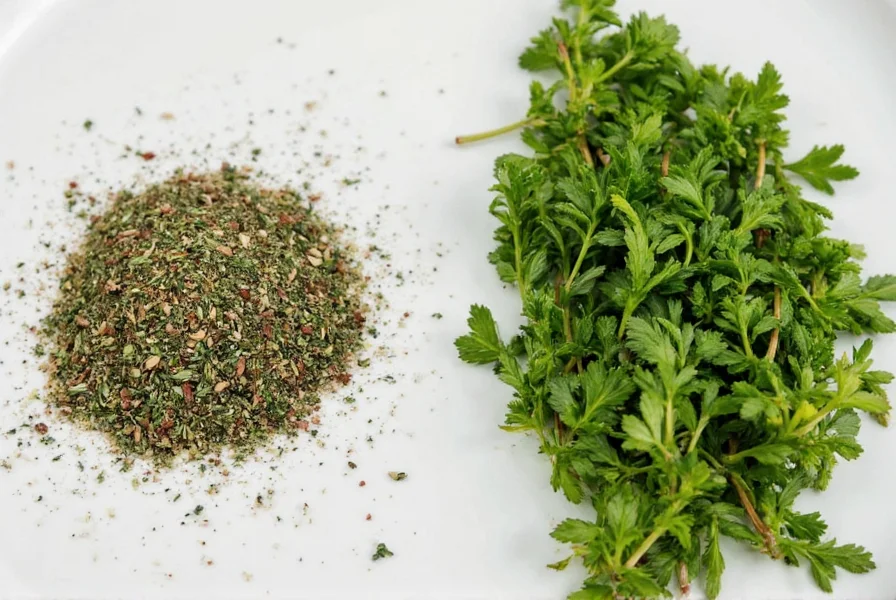
Thyme is more than just a fragrant herb — it's a flavor powerhouse used in everything from French bouquets garnis to Italian marinades. But when a recipe specifies fresh thyme and all you've got is the dried version, what do you do? The answer isn't just about taste; it's also about concentration. Dried herbs are more potent because their moisture has been removed, concentrating their essential oils. So tossing in the same amount as fresh could result in an overpowering, bitter flavor. Understanding the correct dried thyme equivalent to fresh is key to keeping your dish balanced and delicious.
The Golden Ratio: Converting Dried Thyme to Fresh
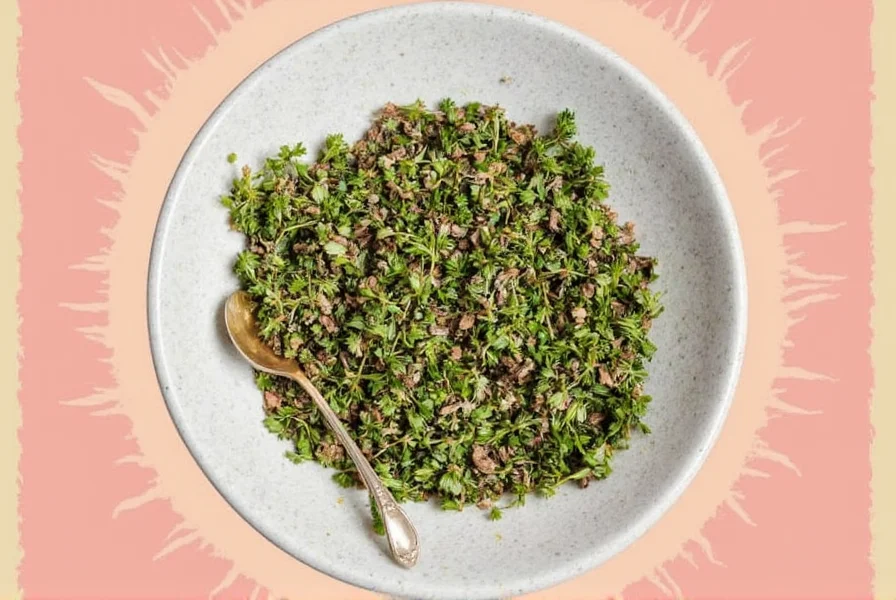
| Fresh Thyme | Dried Thyme |
|---|---|
| 1 tablespoon chopped fresh thyme | = 1 teaspoon dried thyme |
| 3 tablespoons chopped fresh thyme | = 1 tablespoon dried thyme |
| 1 teaspoon chopped fresh thyme | = 1/3 teaspoon dried thyme |
This 3:1 ratio is your secret weapon in the kitchen. Think of it like concentrated flavor: remove the water, intensify the aroma and potency. Here's a quick breakdown:
- 1 teaspoon dried thyme = 1 tablespoon fresh thyme
- 1 tablespoon dried thyme = 3 tablespoons fresh thyme
Keep this ratio handy, and you'll never second-guess your spice drawer again!
Flavor Differences Between Dried and Fresh Thyme
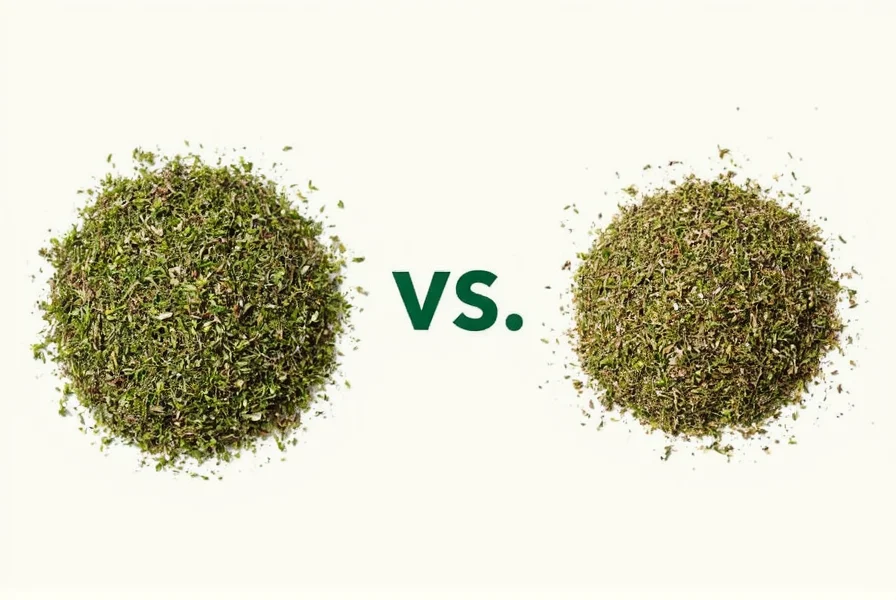
While both versions of thyme bring something special to the table, they're not exactly interchangeable without adjustments. Here's how they stack up:
Fresh Thyme
- Brighter, grassier notes
- Slight lemony undertone
- Milder flavor overall
- Great for finishing dishes or using in herb bundles
Dried Thyme
- More concentrated, earthy flavor
- Intense aroma even in small amounts
- Better for long-cooked dishes like stews or roasts
- Less volatile oils due to dehydration
Because of its intensity, dried thyme should be added early in the cooking process to allow its flavors to bloom. Fresh thyme, on the other hand, works well added near the end for a pop of brightness.
Pro Tips for Using Dried Thyme Like a Kitchen Wizard
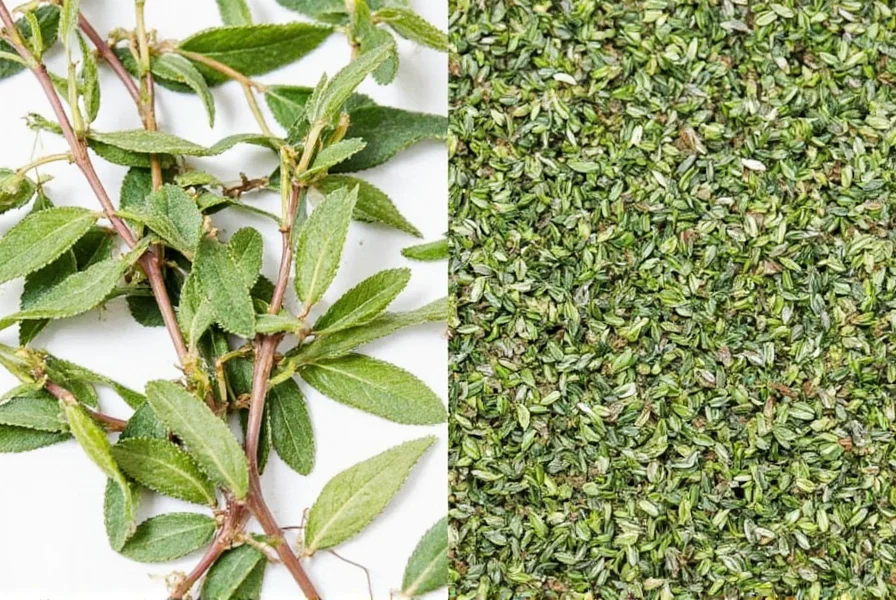
- Crush It First: Rub the dried thyme between your fingers before adding to release the essential oils. It makes a surprising difference in flavor distribution.
- Add Early: Toss dried thyme into soups, braises, or roasted veggies at the start of cooking so it infuses the dish.
- Don't Overdo It: Stick to the 3:1 rule. More is definitely NOT better here.
- Pair Smartly: Thyme loves company — try it with rosemary, garlic, or citrus zest for layered flavor.
- Store It Right: Keep it sealed and away from light. If it smells weak or dusty, it's time to replace it.
Buying Guide: What to Look For When Buying Dried Thyme
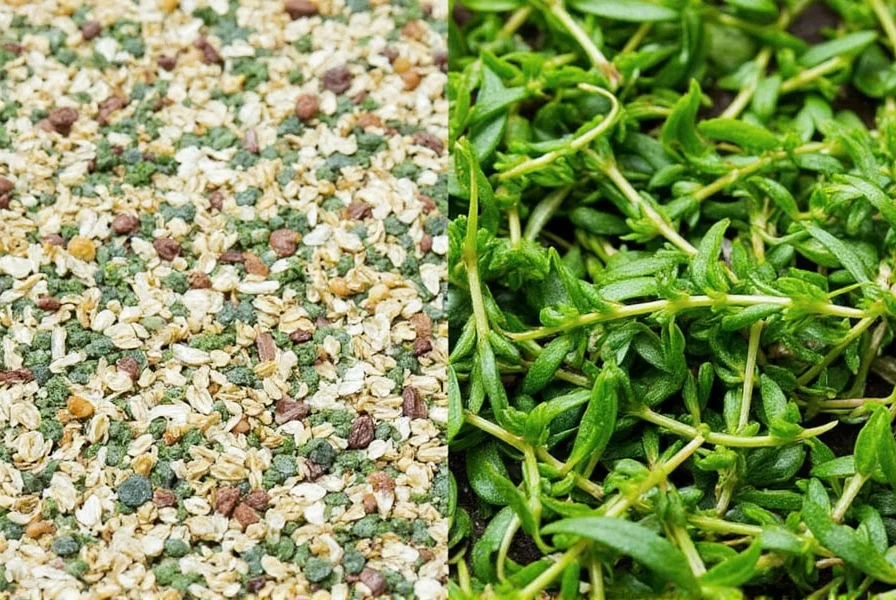
Not all dried thyme is created equal. Here's how to pick the best stuff on the shelf:
Top Features to Consider
- Packaging: Opt for glass jars over plastic bags. They preserve freshness better and protect against light exposure.
- Labeling: Look for "100% pure dried thyme" — no fillers, anti-caking agents, or artificial additives.
- Color: Good dried thyme should have a greenish-gray hue. If it's brown or dull, it's likely old and stale.
- Aroma: A strong, earthy scent means it's still potent. If it barely smells, pass it by.
Best Dried Thyme Brands (Based on Flavor and Value)
| Brand | Features | Use Case | Who Should Buy It | Occasion |
|---|---|---|---|---|
| McCormick Culinary Grade | Pure, non-irradiated, premium quality | Professional cooking and everyday meals | Chefs and serious home cooks | Weekly meal prep, family dinners |
| Simply Organic | Organic certified, sustainably sourced | Health-conscious dishes and organic recipes | Vegans and clean eaters | Plant-based meals, wellness-focused cooking |
| Spice Islands | Strong aroma, budget-friendly option | Everyday use in soups, sauces, and casseroles | Busy home cooks on a budget | Weeknight dinners, fast weeknight meals |
Top 5 Uses for Dried Thyme You Haven't Tried Yet
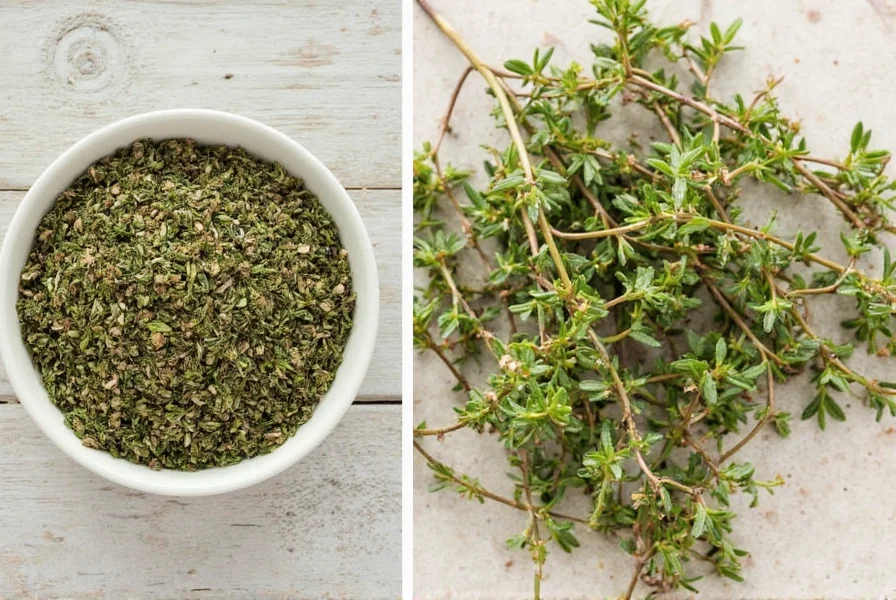
- In Homemade Focaccia: Mix with olive oil and sea salt for a rustic, aromatic topping.
- For Grilled Veggie Rubs: Combine with smoked paprika and garlic powder for a smoky, herby crust.
- In Tomato-Based Pasta Sauces: Simmer dried thyme into rich marinara for depth and warmth.
- In Salad Dressings: Whisk into vinaigrettes for a savory twist.
- With Butter: Blend softened butter with thyme and garlic — perfect for steak or toast!
How to Store Dried Thyme So It Stays Fresh Forever
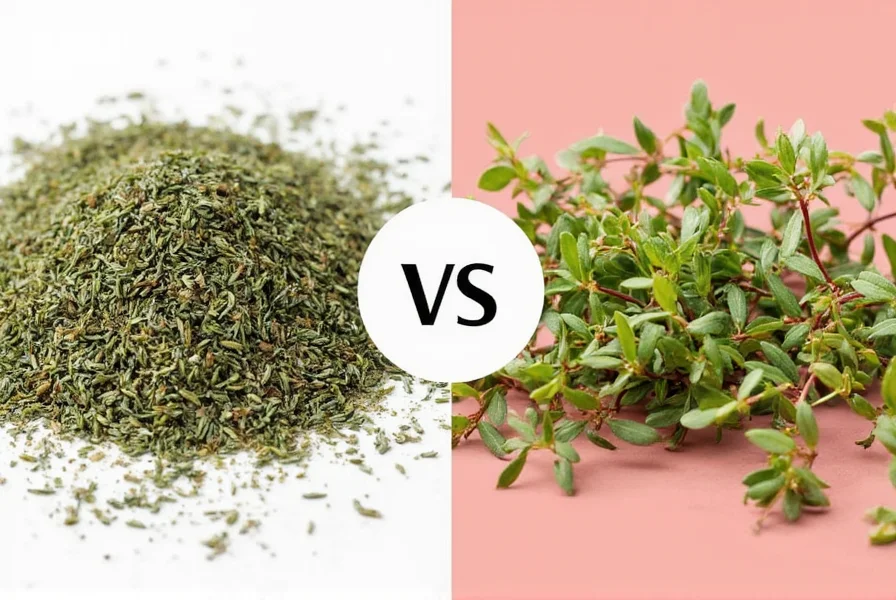
Want your dried thyme to keep giving you flavor punch for months? Follow these storage secrets:
- Use Glass Containers: Clear containers let you see how much you have left and protect against moisture.
- Keep It Cool and Dark: Avoid placing near ovens or windows where heat and sunlight can degrade flavor.
- Seal Tight: Make sure the lid is airtight. Oxygen is the enemy of spice longevity.
- Check Every 6 Months: Smell it. If it doesn't smell vibrant, it's time to refresh.
- Freeze for Long-Term Storage: If you bought in bulk, store part in the freezer to extend shelf life.
Recipe Ideas Featuring Dried Thyme (Hint: Not Just for Soups!)
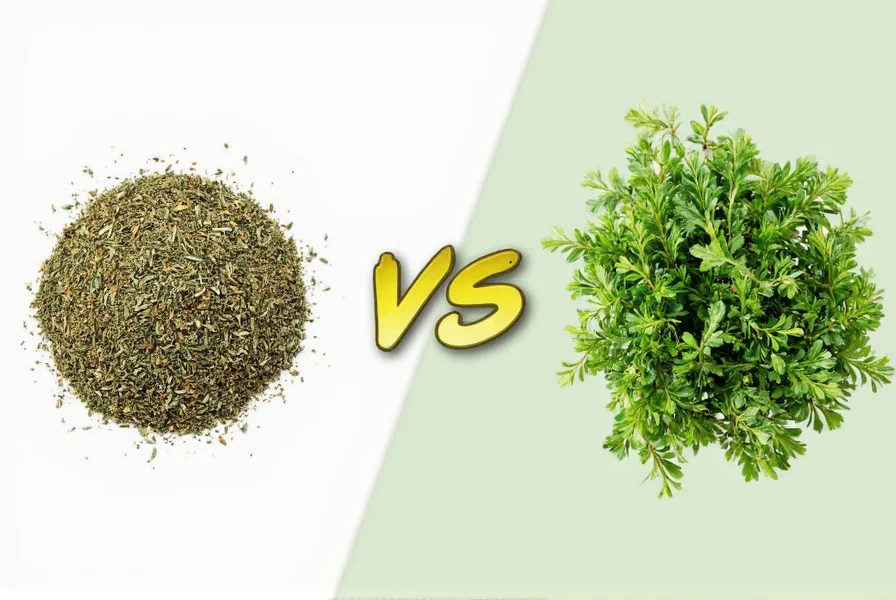
1. Herb-Roasted Carrots
- Toss baby carrots with olive oil, dried thyme, honey, and salt.
- Roast at 400°F (200°C) until caramelized and tender.
- Garnish with chopped parsley for a splash of color.
2. One-Pan Chicken Thighs with Potatoes
- Season chicken thighs and potatoes with thyme, paprika, garlic powder, and black pepper.
- Rub with olive oil and roast together for 40 minutes.
- Drizzle with balsamic glaze before serving.
3. Savory Biscuit Seasoning
- Mix dried thyme with flour, baking powder, salt, and butter for homemade biscuits with a flavorful kick.
- Brush tops with thyme-infused melted butter before baking.
4. Spiced Lentil Soup
- Sauté onions, carrots, and celery, then add lentils, vegetable broth, and a teaspoon of dried thyme.
- Simmer until lentils are soft and season to taste.
5. Thyme-Infused Olive Oil
- Heat olive oil gently with crushed dried thyme, garlic cloves, and chili flakes.
- Strain and store in a cool place. Use for dipping, drizzling, or sautéing.
Final Thoughts: Master the Spice Game With This Simple Switch
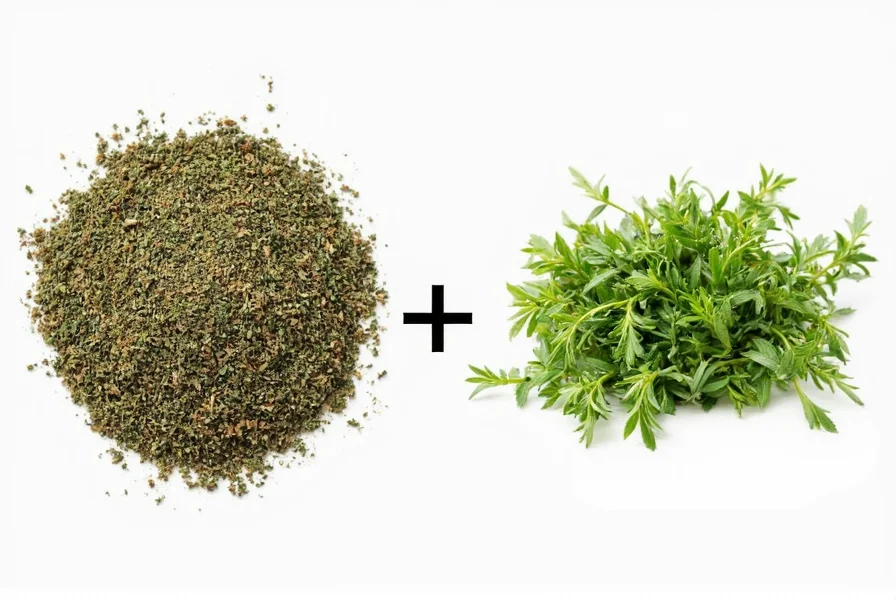
Kitchen confidence starts with knowing how to substitute and adjust ingredients like a pro. Whether you're out of fresh thyme or simply prefer the convenience of dried, mastering the dried thyme equivalent to fresh ensures your dishes stay flavorful every single time.
Remember: dried thyme is more potent, so always go lighter and build up if needed. And don't forget to check your spice stash regularly — fresh spices mean fresher food!
So next time you're halfway through a recipe and realize you only have dried thyme, take a deep breath, smile, and reach for the measuring spoon. Your meal will thank you — and so will your taste buds.
Frequently Asked Questions About Dried Thyme to Fresh Thyme Conversion
What is the exact conversion ratio for dried thyme to fresh thyme?
The standard conversion ratio is 1:3, meaning 1 teaspoon of dried thyme equals 3 teaspoons (1 tablespoon) of fresh thyme. This is because dried thyme is more concentrated after the water content has been removed, making it three times stronger than fresh thyme.
Can I substitute dried thyme for fresh in all recipes?
Yes, but with adjustments. Dried thyme is more potent, so you'll need to use less. For best results, use the 3:1 ratio (3 parts fresh to 1 part dried). Note that dried thyme works better in long-cooking dishes like stews and roasts, while fresh thyme is better added near the end of cooking for a brighter flavor profile.
Why is dried thyme more potent than fresh thyme?
Dried thyme is more potent because the dehydration process removes water content while concentrating the essential oils and flavor compounds. When fresh herbs are dried, approximately 90% of their water content evaporates, leaving behind a much more concentrated flavor profile that requires less quantity to achieve similar flavor intensity.
How do I properly substitute dried thyme in a recipe that calls for fresh?
To substitute dried thyme for fresh, use one-third the amount. For example, if a recipe calls for 1 tablespoon (3 teaspoons) of fresh thyme, use 1 teaspoon of dried thyme instead. Always add dried thyme earlier in the cooking process to allow time for rehydration and flavor release, whereas fresh thyme is often added in the last 5-10 minutes of cooking.
How can I tell if my dried thyme has gone bad?
Dried thyme doesn't spoil but loses potency over time. To check if it's still good: 1) Smell it - vibrant thyme has a strong, pleasant herbal aroma 2) Check color - it should be greenish-gray, not brown 3) Rub a pinch between your fingers - if little aroma releases, it's time to replace it. Properly stored dried thyme maintains peak flavor for 1-2 years.
Is there a difference in nutritional value between fresh and dried thyme?
Dried thyme actually has higher concentrations of certain nutrients per teaspoon because the water has been removed. It contains more fiber, iron, and manganese by volume compared to fresh thyme. However, fresh thyme has higher levels of vitamin C and some volatile compounds that may degrade during the drying process. Both forms offer health benefits, with dried providing more concentrated minerals and fresh offering more delicate phytonutrients.
Can I convert this ratio to other dried herbs?
The 3:1 ratio applies to most woody herbs like rosemary, oregano, and marjoram. However, for more delicate herbs like basil, parsley, or cilantro, the ratio is typically 2:1 (2 parts fresh to 1 part dried) since they lose more flavor during drying. Always adjust based on the specific herb and your personal taste preferences, as potency can vary between brands and storage conditions.











 浙公网安备
33010002000092号
浙公网安备
33010002000092号 浙B2-20120091-4
浙B2-20120091-4